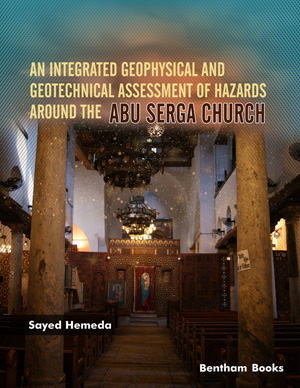Abstract
This chapter begins with considering the basic concepts of the interaction
between nature and society that underlie the legal regulation of conservation of nature.
The authors review the concepts of sustainable development, circular economy, climate
change, and environmental law and draw attention to the methods (ways) of legal
regulation of environmental relations. Generally speaking, a method of legal regulation
is understood as a set of ways (techniques and means) enshrined in legal rules to impact
peoples behavior and their social relations governed by law. There are two methods of
legal regulation that function in environmental law: imperative and dispositive. The
imperative method in environmental law means the establishment of prescriptions,
permissions, prohibitions for the subjects of environmental legal relations and
manifests itself in the possibility of applying state coercion to the execution of legal
prescriptions by legal entities, citizens, including foreign ones, as well as by officials.
The dispositive method is based on the equality of the parties to legal relations and
their possibility to choose the particular behavior patterns independently. The citizens
right to establish public and other environmental associations is a typical example here.
The main stages of development of Russian environmental legislation are analyzed and
six levels of the sources of environmental law are distinguished subsequently in the
textbook. The principles of environmental law are also considered; these are the basic
ideas that underlie environmental law as a branch of law, determine its content and
areas for further development and are used in law enforcement practice in case there
are gaps in law. The authors distinguish generally accepted principles, interbranch,
branch principles and principles of institutions of law in the system of principles of
environmental law. A separate section in the textbook is dedicated to the system of
environmental law – its internal structure. It is followed by the section dedicated to
environmental legal relations –types of social relations regulated by rules of
environmental law of Russia. This chapter concludes with a section on ownership of
some natural resources.
Keywords: Actions, Climate, Environmental law, Environmental legal regime, Events, Facts, Field of activity, Industry, Institutions, Legal relations, Man, Method, Natural objects, Natural resources, Omissions, Principles, Right of ownership, Sources of law, Subject, System of law.













